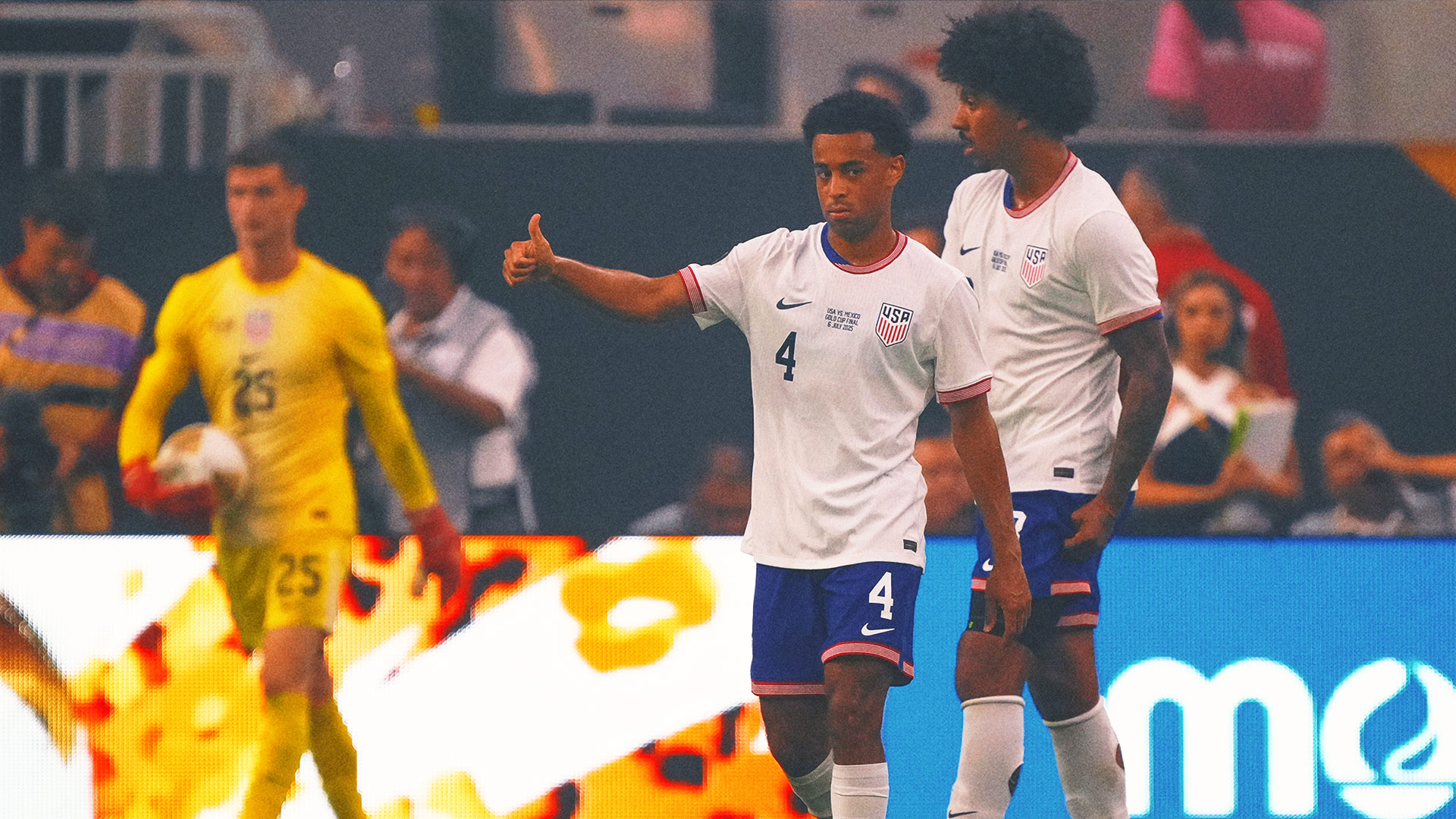

The U.S. Men's National Team (USMNT) is immediately setting its sights on the 2026 FIFA World Cup after falling to Mexico 2-1 in the 2025 Concacaf Gold Cup final. The loss, played in front of a sold-out crowd in Houston, marked the end of a competitive tournament for a relatively young USMNT roster. Despite the defeat, the team is viewing the experience as a crucial learning opportunity.
Gold Cup Performance and Lessons Learned
The USMNT's journey to the final included a five-game winning streak, showcasing resilience and character. Throughout the tournament, several newcomers impressed, expanding the player pool for the 2026 World Cup. Players like Malik Tillman, Diego Luna, and Chris Richards demonstrated their potential. Richards scored the opening goal in the final, his second in a final for the USMNT. However, the Gold Cup also exposed limitations, particularly in organization and cohesion, which coach Mauricio Pochettino aims to address.
Veteran players emphasized the importance of establishing a winning culture and understanding the standards required both on and off the field. The team acknowledged the need for improvement, recognizing that Mexico was the better side in the final. The USMNT struggled to maintain possession and create clear chances, especially in the second half.
Focus on 2026 World Cup Preparations
With the 2026 World Cup less than a year away, the USMNT is intensifying its preparations. Coach Pochettino stressed the importance of focus and dedication to the national team. He seeks to create a culture of winning, urging players to be "desperate to come but desperate to come to perform".
The team has scheduled international friendlies against South Korea and Japan in September as part of their World Cup preparations. These matches will provide an opportunity to assess both newcomers and core players like Christian Pulisic and Weston McKennie. The coaching staff will evaluate how well these players integrate and perform against strong opposition.
A key aspect of the preparations involves ensuring that players find the right balance between club prestige and consistent playing time. The debate centers on whether players should transfer to more prestigious clubs or prioritize regular playing time at their current clubs. Optimal learning and performance occur when players are challenged appropriately, making consistent playing time crucial for their development and readiness for the World Cup.
Potential Roster and Key Players
Looking ahead to the 2026 World Cup, several players are considered near locks for the roster, including Christian Pulisic, Tyler Adams, Chris Richards, and Tim Ream. However, many starting spots are still up for grabs, and players will need to perform well at their clubs to secure their place.
Goalkeeper Matt Turner's future is uncertain due to his club situation, creating an opportunity for other goalkeepers like Gaga Slonina to potentially step up. In defense, Chris Richards is a strong contender, while Tim Ream's experience and leadership make him a valuable asset. The midfield will likely feature Tyler Adams, with Yunus Musah and Johnny Cardoso also in contention.
In the attack, Christian Pulisic is expected to be a key player, with potential partners including Diego Luna, Malik Tillman, and Tim Weah. Folarin Balogun is currently the front-runner at the center forward position, but faces competition from other players.
Challenges and Opportunities
The USMNT faces several challenges in its preparation for the 2026 World Cup. One challenge is the limited time available to train and integrate players. With just a few international windows remaining, the coaching staff must make the most of each opportunity.
Another challenge is ensuring that players are playing regularly and at a high level at their clubs. The coaching staff will need to monitor players' club situations and encourage them to make decisions that benefit their development and match fitness.
Despite these challenges, the USMNT has a unique opportunity to compete for a World Cup on home soil. The support of passionate fans could give the team an extra edge. By learning from their experiences in the Gold Cup and focusing on their preparations, the USMNT aims to be a strong contender in 2026.